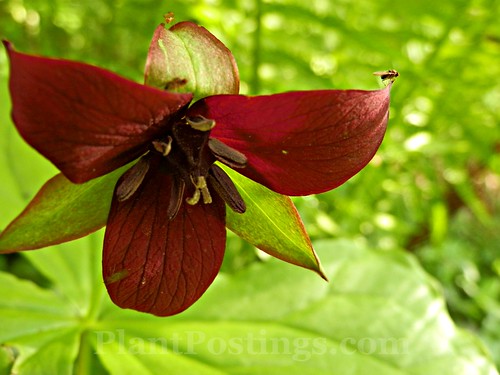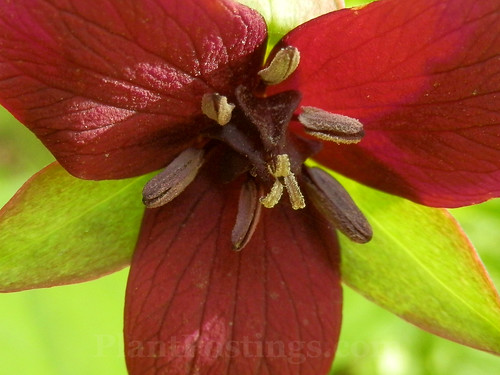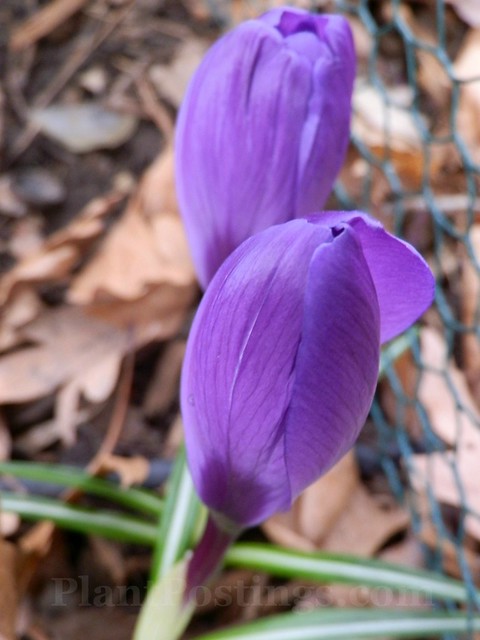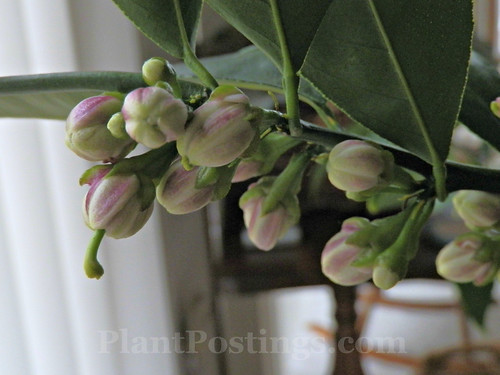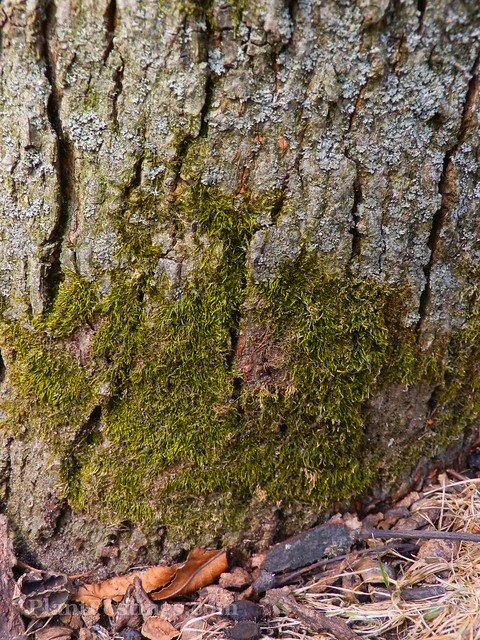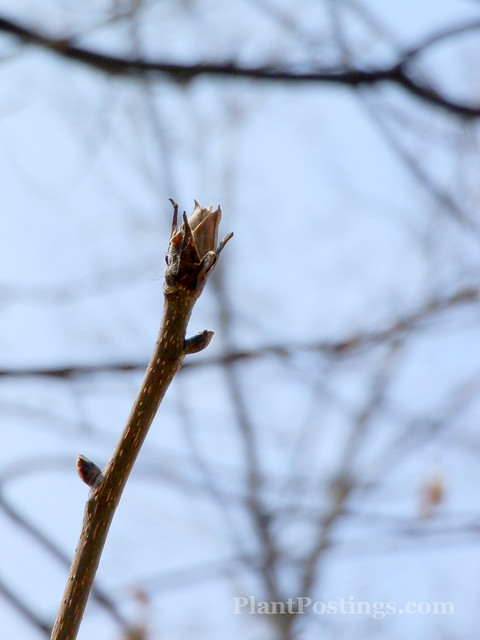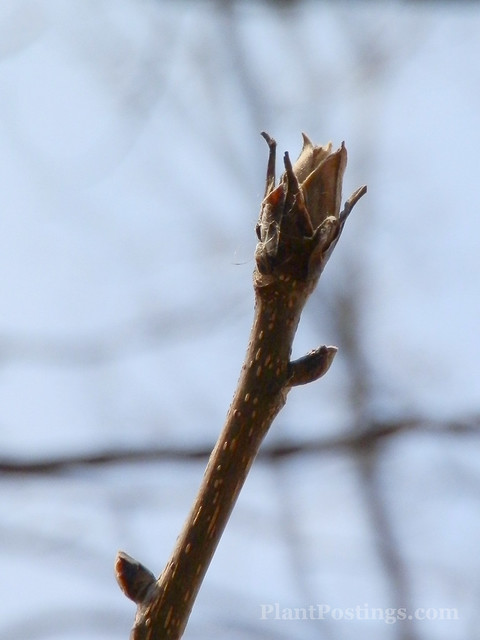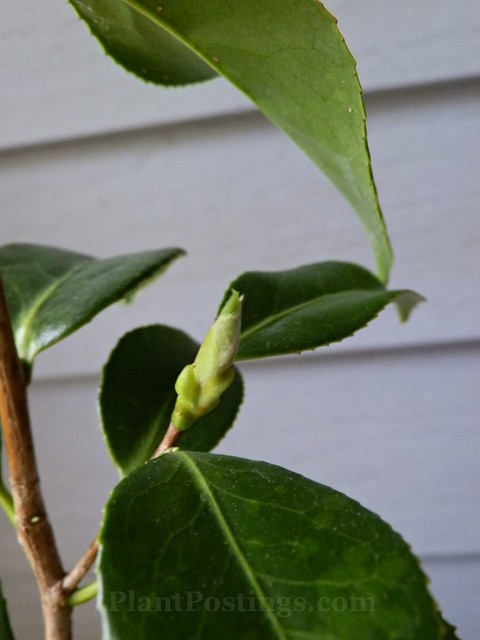
Earlier this spring, I ordered a Camellia from Camellia Forest Nursery.
I was so excited, I didn't stop to take pictures of the package and the unveiling of the plant ... like all good garden bloggers do. Instead, I simply ripped open the box!
And there inside was a sweet one-year-old plant in a little pot. Camellia japonica 'April Pink.' Soft pink, formal double flowers. Hardy to USDA zone 6B. Click here to see what the blooms will look like.
OK, I know what you're thinking: "Beth, you live in Wisconsin. Your winter lows can reach -20F (-29C), or occasionally colder. You have no business trying to grow a Camellia."
And, of course, you are right.
I posted about this crazy Camellia fetish of mine here.
Crazy and misinformed as this decision might seem, I did receive some coaching and encouragement from fellow garden bloggers and Camellia experts. Camellia Forest Nursery says gardeners as far north as Toronto, Ontario, successfully grow cold-hardy Camellias.
And one other thing: This Camellia will be inside during the coldest months of the winter. It will keep the Lemon tree company in the cool sunroom. Because this plant prefers part shade, it will be placed away from direct light, of course.
I don't know if this experiment will work, but I've been told that other people in cold climates grow Camellias in conservatories and partially heated rooms. So I just had to try it.

I found a new small pot and the perfect spot for this little Camellia during the spring, summer, and fall: on the back screen porch in a shaded corner that gets indirect light most of the day.

I'm showing this angle so you can see where it sits next to the house.

We close off this part of the porch and put clear acrylic panes over the screens from November through April, which helps to keep the temperature a little warmer and the winds a little less harsh.

The Camellia seems to be doing well so far, and the buds are starting to swell. More new buds are developing along the stem.
What do you think? Am I crazy to try this?
By the way, the Lemon tree is blooming.

It started blooming the day after Easter.

I used a little brush to help pollinate the flowers because it's too cold to set the tree outside just yet for natural bee pollination. Looks like some Lemons are starting to form. This is fun!

